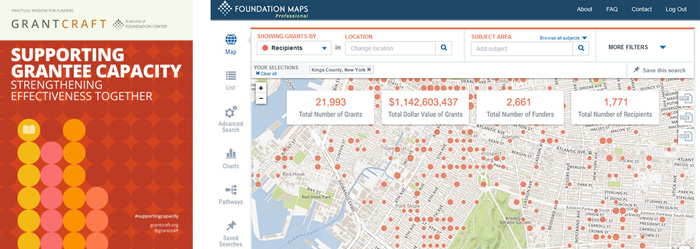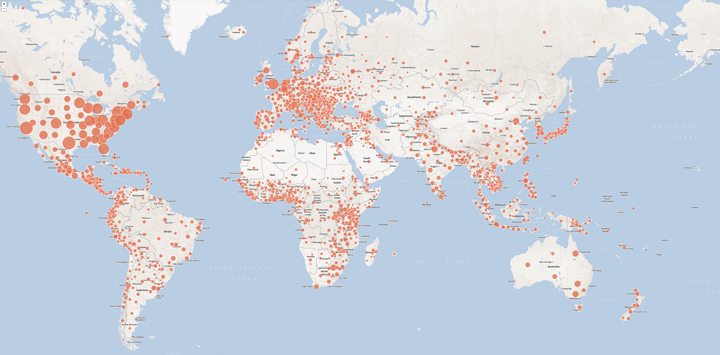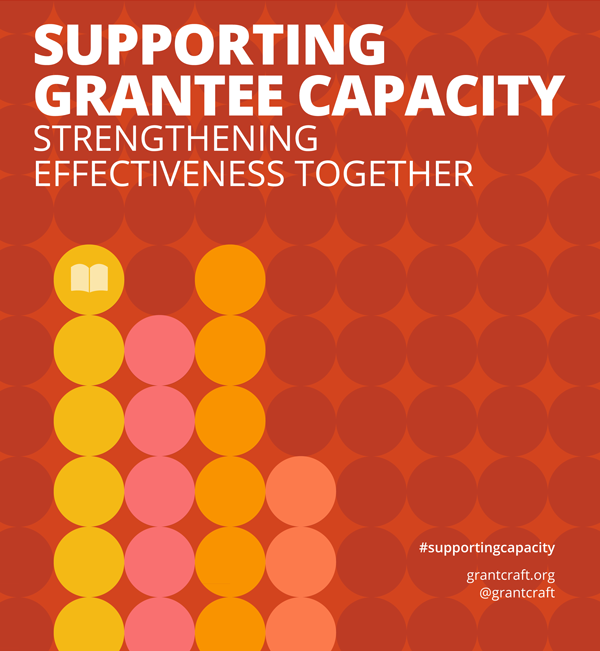Awareness of Self, Partners, and Field Essential to Building Organization and Sector Capacity
In an open session held at Foundation Center in San Francisco on April 29, we explored two exciting tools to help those in the social sector get smarter about building organizational and sector capacity—through awareness. As we explored Foundation Center’s data visualization tool, Foundation Maps Professional 2.0, and the GrantCraft guide, Supporting Grantee Capacity: Strengthening Effectiveness Together, a theme emerged: leaders are at their most strategic and are empowered to build capacity when they have a strong awareness of themselves, their partners, and the field.

Awareness is pretty much the name of our game here at Foundation Center. We collect, analyze, and distribute data about philanthropy, providing various audiences—from foundations to budding nonprofits to established grants managers—a firm understanding of what’s going on in the social sector. Foundation Maps Professional 2.0 is kind of like Foundation Center’s version of Google Maps, with social sector-relevant overlays and filters. If you’ve ever wondered who is funding what and where, Foundation Maps has answers for you.
At our event, we didn’t spend the whole afternoon geeking out about data. Jen Bokoff went on to talk about the evaluation and power dynamic angles of capacity building grants with Jamaica Maxwell, an organizational effectiveness program officer at the Packard Foundation. Jamaica is well aware of the power she has, holding the proverbial purse strings. Often, she told us, grantees will hang onto her words, taking her most casual suggestions as orders. Once, she recommended a book to a grantee; the following Friday, he had bought the book and was going to read it and report back to her on the most noteworthy chapters. Jamaica wasn’t asking for a book report—she was just making an off-hand recommendation. But in the grantee-grantmaker relationship, the foundation is king… at least, that’s how it has been.
Jamaica said that, for her, learning to listen to her grantees was integral to her work at Packard, and not just during formal, scheduled meetings and site visits. Jamaica said that some of the best grantee–foundation relationship building happens outside the office. She suggested program officers break down power structures by joining grantees on their lunch breaks and at their staff get-togethers (yes, even happy hours!).
Listening doesn’t just help grantmakers tweak their budgets or understand evaluation results better, it improves the whole grant process. By establishing trust with grantees, grantmakers can push their beneficiaries to get more out of their grants. And grantees can feel more comfortable providing much-needed feedback to their funders. Promoting awareness—of the grantee–grantmaker dynamic and of the grantee’s needs—can increase impact sector-wide.
Which brings up an important question: What role do you think awareness plays in the philanthropy sector? For us, it’s all about smarter grantmaking and increased accountability.
This post first appeared on the Glasspockets blog, Transparency Talks. You can find the original post here.



